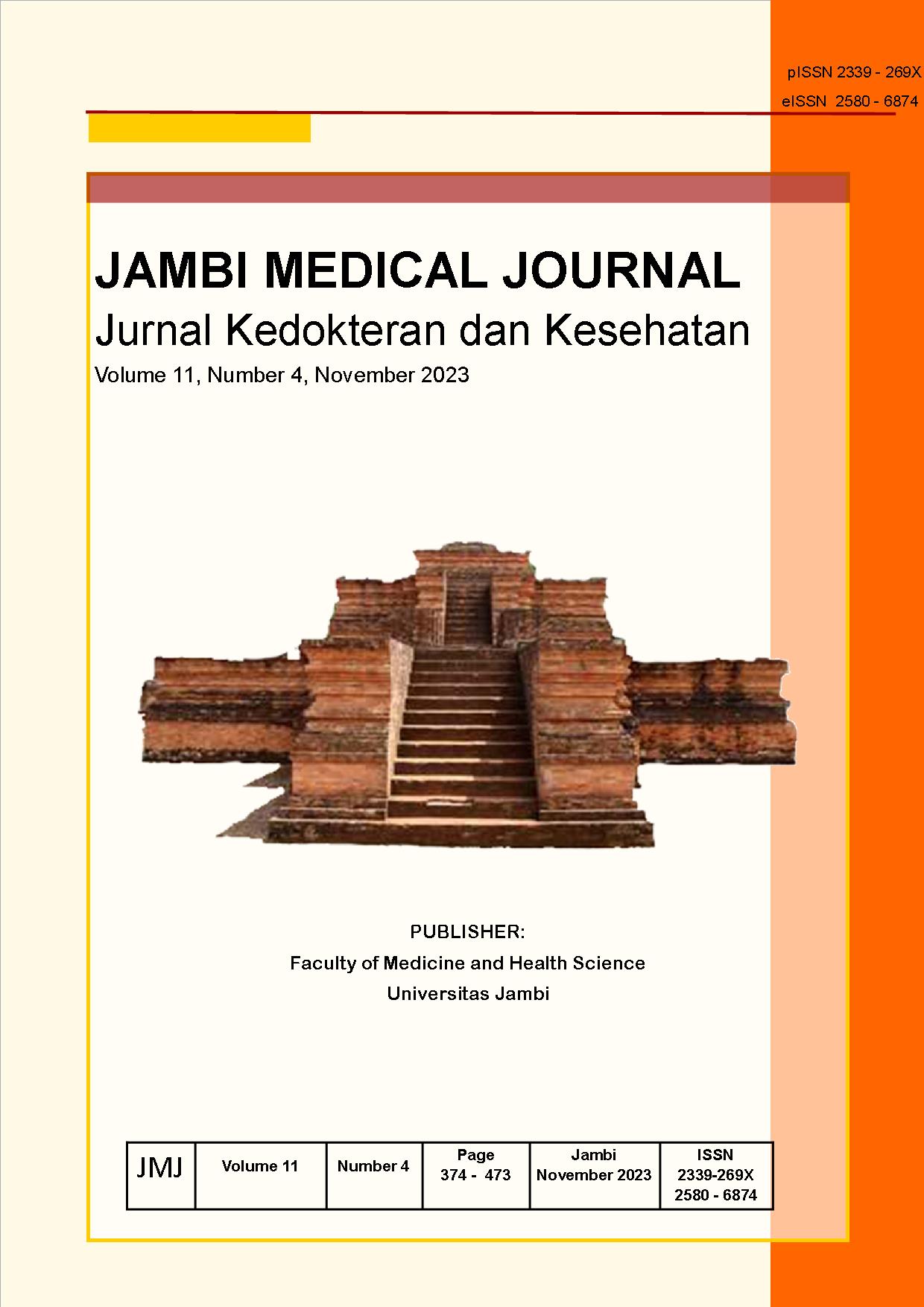Immunoserology Tests In Myastenia Gravis
DOI:
https://doi.org/10.22437/jmj.v11i4.27686Abstract
ABSTRACTÂ
Myasthenia Gravis (MG) is an autoimmune neuromuscular disease that cause weakness due to the presence of autoantibodies that affect acetylcholine receptors (AChR) at the post synapse. Myasthenia gravis is a rare disease, but its prevalence is increasing. Classic clinical symptoms are characterized by fluctuating weakness. Diagnosis of myasthenia gravis requires a combination of clinical symptoms, physical examination and confirmatory tests in the form of bedside tests, serological tests, electrodiagnostics and imaging. Among the confirmatory tests available, serological tests has high sensitivity and specificity. In most cases of myasthenia gravis due to the presence of autoantibodies against AChR, other endplate proteins, such as muscle-specific receptor tyrosine kinase (MuSK) or lipoprotein-related protein 4 (LRP4) can be targets of autoantibodies. There are several examination methods for detecting autoantibodies in myasthenia gravis, several tests have been developed and commercialized such as radioimmunoprecipitation assay (RIPA), enzyme-linked immunosorbent assay (ELISA), there are also tests using antigen-expressing cells/cell-based assay (CBA), which is still being developed. The RIPA examination method is still the examination of choice due to its high specificity and sensitivity. ELISA can be an alternative to RIPA examination. CBA is more sensitive than RIPA but its use is still limited.
Â











